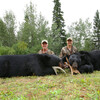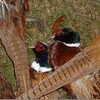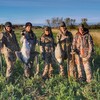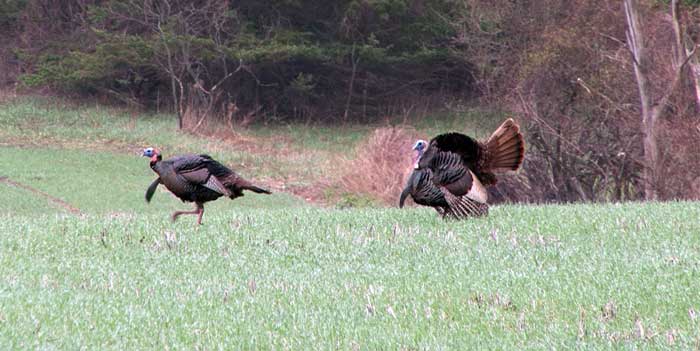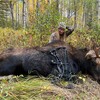
Turkey Lessons That Must Be Learned
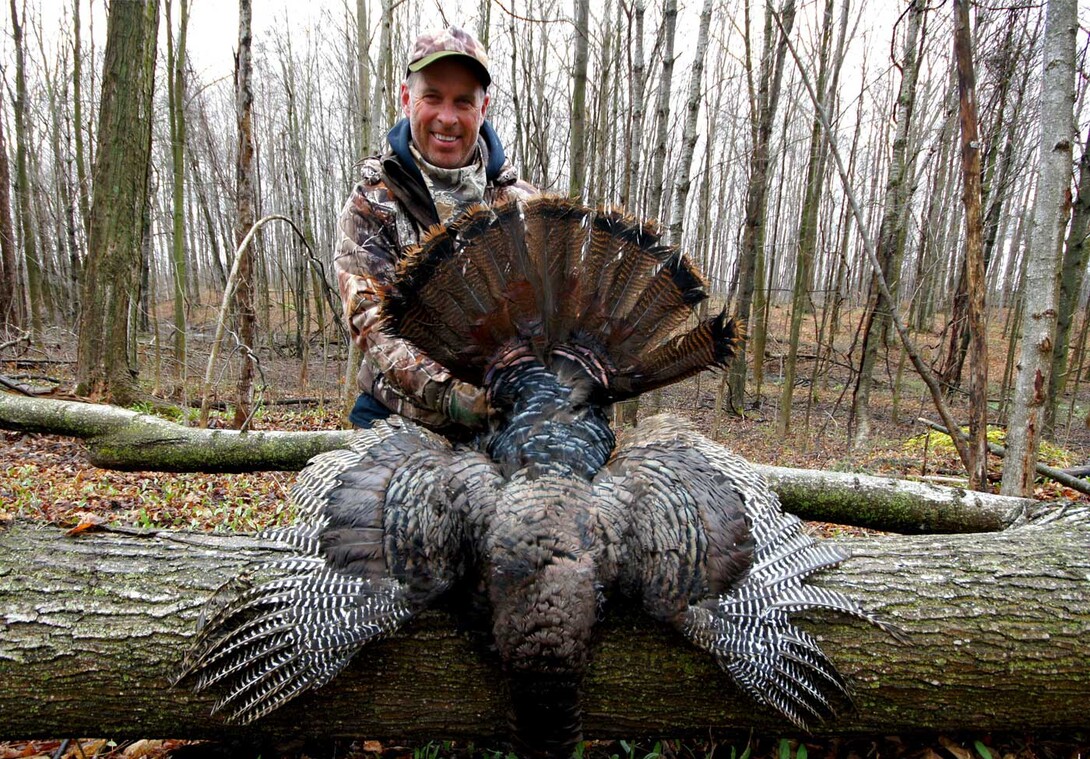
The wild turkey is not a creature to underestimate. It may have a brain the size of a pea, but it is using all of it. There are things about turkey hunting that are difficult to teach, and even harder to learn. The following thoughts are from hard-earned experiences I'll share.
They Don’t Always Come in Hot
Watch enough turkey videos on YouTube, and you will start believing every gobbler comes in like a loud freight train. It is not always so. While you can often get turkey to respond to a hen cluck call from far away, they can also be very quiet. In fact, I’ve found the wiliest old gobblers will clam up as they approach an open field, or when they see a decoy. This creates all sorts of scenarios. If you can’t see the bird you heard—as is often the case—you might believe it left. You start moving your head too much and get busted. If you have a gobbler coming in and it goes quiet, don’t give up on it. Keep still and keep the faith. You may actually have the bird very close, so be ready when it suddenly appears like a stealth bomber. All red and white and brown!
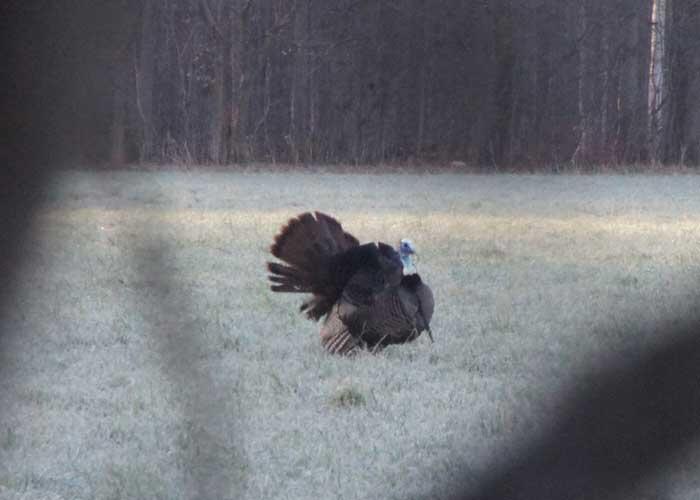
Big gobbler in a field.
Take a Seat…Carefully
Turkey hunting demands incredible patience. It also requires the hunter to be still. There are no tree stands allowed in turkey hunting. You can use a ground blind, but most hunters sit in the open along a tree line. This often means three or four hours under a tree, on a thin cushion, moving as little as possible. Not so difficult on the first day of the hunt when you’re pumped up and the pain threshold is high. After a few days, however, your backside starts to feel raw. Soon, no amount of shifting weight helps. This makes it harder to sit for a long period, and invariably a bird gets spooked. On top of that, there are all the thistles and thorns. Hawthorne bushes are the worst. Those spike-like thorns can burrow into your backside and become infected. You learn to be extra careful when choosing your seat on a turkey hunt. Consider carefully where you place your bum, as the discomfort can take many forms.
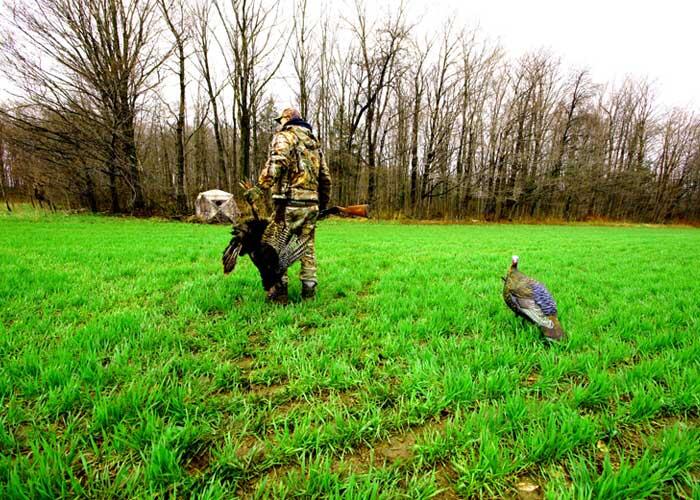
Ellis carries a gobbler off the field. (Photo credit: Gord Ellis)
Technology is Not Always Your Friend
Not that long ago, turkey hunting meant long sits, with only your brain—and the occasional turkey gobble—for amusement. That was before smartphones. Now turkey hunters are texting, tweeting, checking Google Earth, and receiving emails from trail cams. If you are sitting on the ground, in camouflage, trying to be still, this phone thing can be a problem. A frequent turkey hunting partner is also a semi-recent smartphone owner. He came later to the party than me but finally gave in. One time last spring, my partner was noticeably ignoring his phone for the first few days of the hunt. I’d send him a text and there was no reply for ages. My partner was—quite properly—invested in killing a gobbler and not answering text messages.
Yet on the last day of our hunt, my friend slipped up. It started when he made a long trek around a hardwood to intercept a gobbler. He was super eager to fill at least one turkey tag. He circled around the bush and, sure enough, a gobbler was coming his way. He set up and waited. Yet, as sometimes happens, the plan was foiled when the smart old gobbler snuck up behind him and caught movement. There was some flapping of wings, and a bit of dust and that was it. Dejected and sweating, my friend put down his shotgun and began to text me his whole hard-luck story. As he typed out his epic tale of woe, he noticed movement. Another gobbler had snuck in. It was now tearing away like a roadrunner. He’d been busted yet again. My friend did not fill that turkey tag. His last text said, “I feel ill.”
A smartphone is handy, but keep it in your pocket more than in your hand.
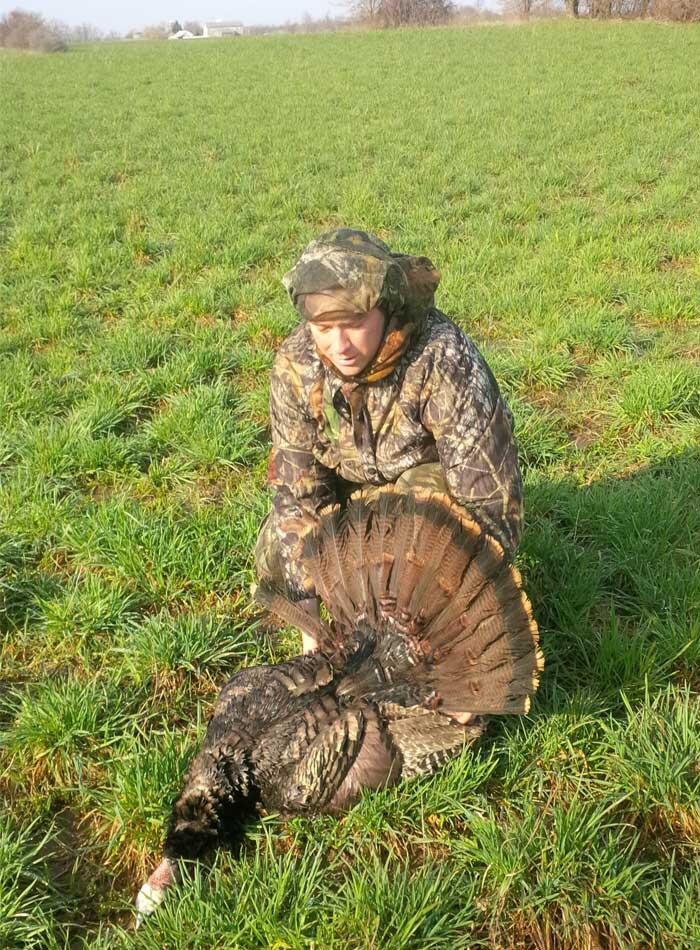
Tom Stewart with a nice gobbler. (Photo credit: Gord Ellis)
Keep your movements small, and your wits sharp, your phone in your pocket, and you will bag an Ontario turkey this spring or fall.
Recommended Articles

Moose Outfitters in Ontario
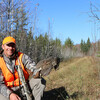
Grouse Hunting in Sunset Country

Cooking Wild Game: Venison Kofta Kebabs
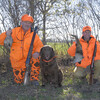
Top Pheasant Destinations

A Bear of a Lifetime

Ogoki Moose

Crossing the Border into Canada
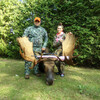
Ontario's Largest Moose by a Female
Deer Hunting in Sunset Country
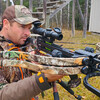
A Whitetail Hunt with Border Country Outfitters
Hunting with The Wind

Spot and Stalk

26 Amazing Whitetail Hunting Lodges in Sunset Country

Marten River Bear
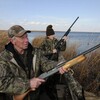
Long Point Bay
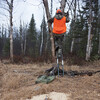
11th-hour deer

Fly-in Moose Hunting
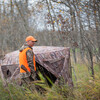
Ground Blind for Deer
